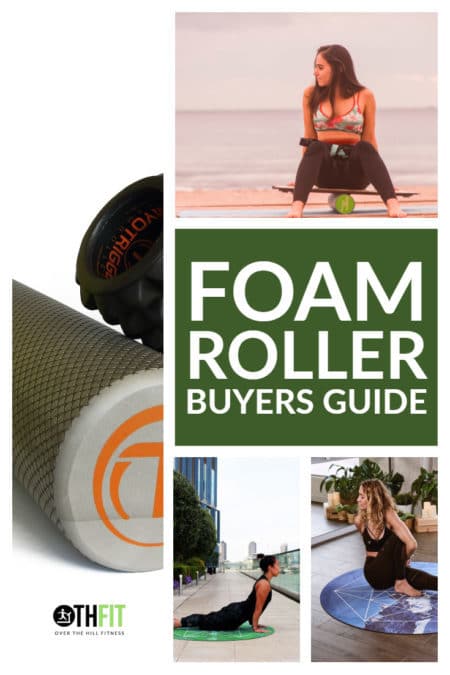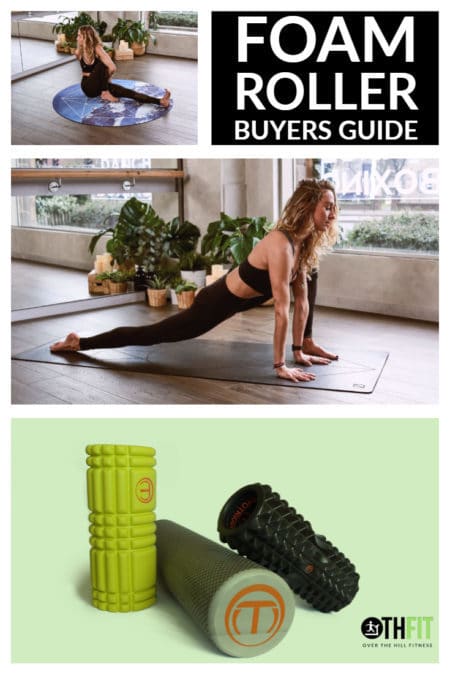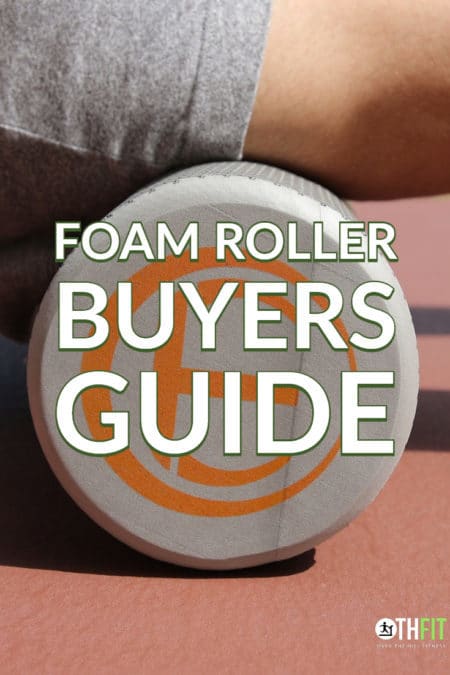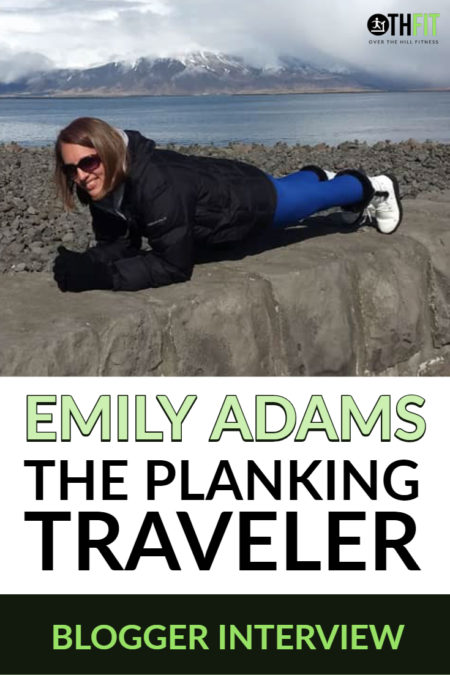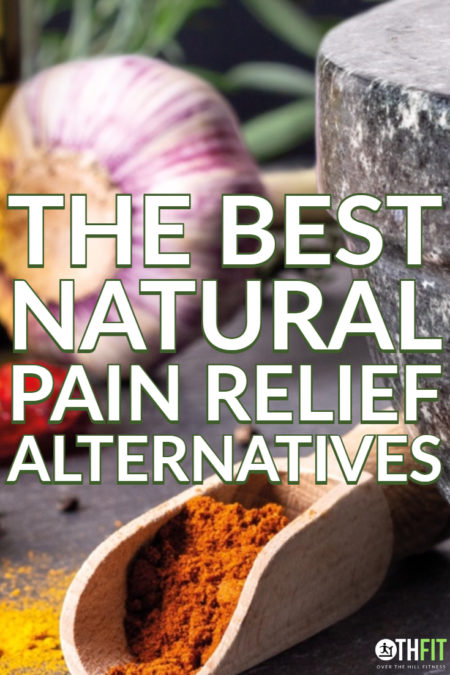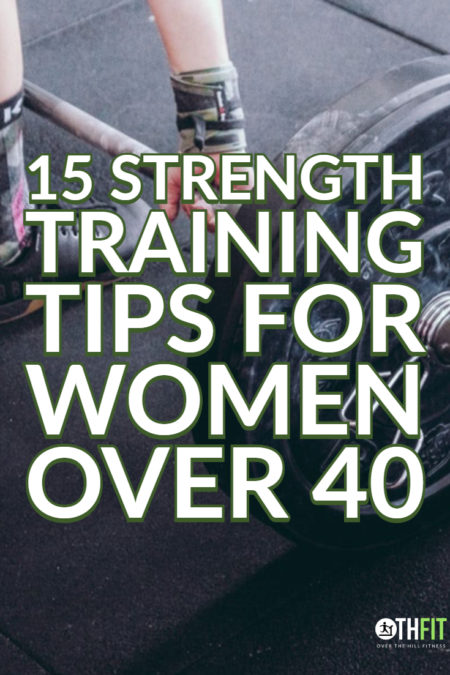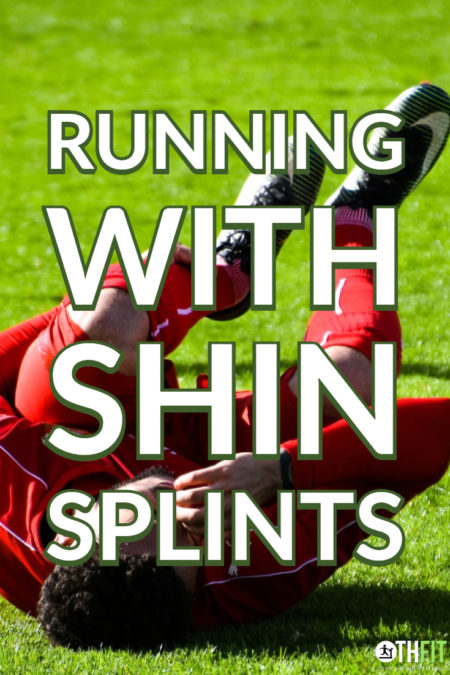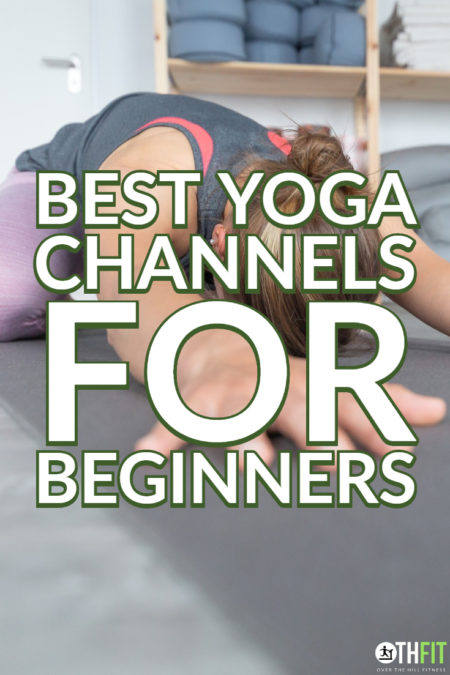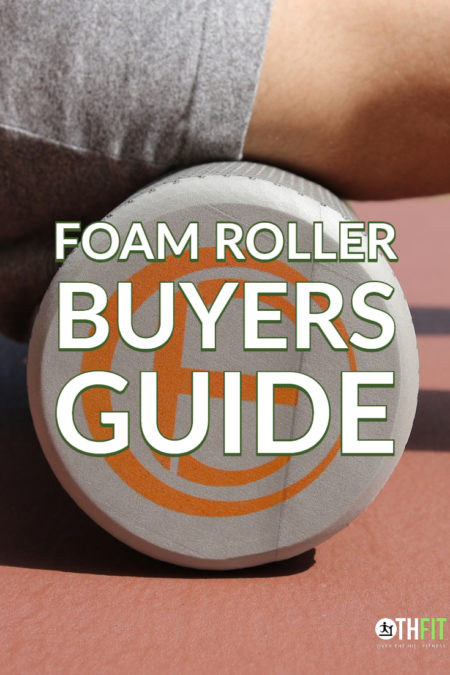
Foam Roller Buyers Guide
A while ago I hurt my back and when I asked for treatment suggestions on Twitter both @Cynthia Thurlow and @LiftingSoulsFitness suggested foam rolling. Being new to foam rolling I started trying to research online. After several frustrating hours I decided that I needed to put together a good foam roller buyers guide.
As normal Google was able to give me millions of pages of results but no good resources. If I had known what I wanted to buy it would have been easy. If I had foam rollers already I could have found exercises and stretches easy. Somehow it was really annoying to find everything I wanted to know in one place. My goal with this guide is to help you avoid the frustration I had to go through.
If you have any questions at all after reading this guide please leave them in a comment below. You can also find my on Twitter. I’ll be more than happy to help you out. I now use my foam roller twice a day and can’t imagine going without it.
tldr; What Foam Roller is Best?
The three foam rollers below are the best all around sellers at Amazon for a reason. They are great for beginners and aren’t so extreme that they will cause much pain. This is the style of foam roller that I recommend for everyday use. I have one and it is amazing.
What Are Foam Rollers Used For
Officially foam rollers are for performing SMR or “self-administered myofascial release”. Or as a normal person would say, they are for doing deep tissue massage on your muscles using your own body weight. The proper foam roller will allow you to target all those knots and sore spots. This way you can get a better range of motion, looser muscles, and faster recovery after a workout.
When you first start using foam rollers it can be quite uncomfortable or even painful. I have always had stiff and sore muscles and my first week was very painful. For this reason it is recommended to start with a softer, smoother foam roller. Once you have grown accustomed you can move to a more intense option.
How To Choose The Correct Size
Foam rollers come in different sizes, both length, and diameter. Choosing the correct size is mostly about understanding what you need and the trade-offs. It is easier to target specific areas with the smaller rollers but you won’t be able to do some of the stretches without a larger roller.
In general, you can use a larger foam roller for more than the smaller ones. The smaller ones in turn allow you to focus more intensely on harder to reach areas. In a perfect scenario, you would have access to multiple sizes. If not you will probably want to start with a medium length thicker one.
Choosing the Correct Thickness
Foam rollers come in many different diameters but the most common are the 4 and 6-inch. Depending on the manufacturer and style there are some additional variations. Choose the correct height based on your expected use and how stable you are.
- 6 Inch Foam Roller: This is the most common size and will work for pretty much any application. If you are only getting a single foam roller this would be my recommendation based on my reading.
- 4 Inch Foam Roller: The 4-inch foam roller will give a deeper message and can reach areas that the larger foam rollers won’t. They are also easier to use and more stable because you are closer to the ground.
- Half Round Foam Roller: These foam rollers are only half circles which makes them very stable when laid flat on the floor. They have the added feature that you can stand on them to stretch the arches of the feet. They are still usable in most of the same ways as round rollers.
Choosing the Correct Length
There are a whole lot of different sizes offered but the most common lengths can be broken down into 3 groups. There are some of the same trade offs between the different sizes as there were for diameter. In general you can use the longer lengths for more but it is easier to target specific areas with the shorter ones.
- Short (12″): There are short foam rollers as small as 4 inches. The shorter rollers are able to target small muscle groups much more effectively. In addition, they are very easy to travel with and can be used in smaller areas.
- Medium(24″): The medium length foam rollers are a good compromise between the
versitility of the long rollers and theportablity of the short ones. You will still be able to work on all of the muscle groups without needing a large open space. - Long(36″): The longer foam rollers are the most versatile and stable. The best part is that they are long enough to be used along the full length of your back. The main drawback is that they require a lot of room and can be awkward to use on small muscles.
Density Matters
Foam rollers come in several different densities which indicates how much it will compress under your weight. A lighter density foam roller will compress more making it feel softer. This may be a better choice for your first roller. As the density increases the pressure you will feel will increase.
If you are stiff or sore this will also increase the pain you feel during use. The research I found showed little difference in
Foam rollers are often colored based on their density but this isn’t guaranteed to be true.
Shapes of Foam Rollers
When I started my research I had no idea how many different kinds of foam rollers there were. I wont lie, I was a little intimidated by the wide range of shapes and styles. After doing some reading I was able to break it down into three basic types. Of course there are more but if you understand these than you will be able to figure out how the others are used.
Basic Round Foam Roller
These are the kind of foam roller that I though of when I first started researching. If you have been in a gym recently you might have seen these around. Of all the different types of foam rollers, this one seems to be the most highly recommended for beginners. With one of these, you will be able to do everything you need to do with minimal discomfort.
Grid Foam Roller
These foam rollers have different designs that are intended to give a deeper message than the basic round foam rollers. There are a lot of different designs and you can tell how intense the message will be by looking at how deep and spread out the ridges, knobs, and grooves are.
Accupoint Foam Roller
Alright, most of these foam rollers look like medieval torture devices. As you can tell by looking at them these provide the deepest and most targeted pressure. I would absolutely not recommend these for a beginner.
Massage Balls and Sticks
In addition to the foam rollers, there are a lot of other products that are worth adding to your home gym. In particular, there are roller massage sticks and foam balls that can be used in similar ways as a foam roller. The foam ball, in particular, is excellent for targeting the arches of the feet and the lumbar area of the back.
To Vibrate or Not To Vibrate
I’ll be honest I couldn’t find much research on the effectiveness of vibrating foam rollers vs non-vibrating. The limited research I found the vibrating foam rollers appear to be better at reducing muscle soreness,
I’m going to leave this one up to you to decide. Based on the research I found I might recommend the vibrating foam roller if you are having a lot of pain and stiffness. For me, the price difference was large enough that I decided to skip the vibrating foam rollers. I might change my mind in the future. If I do I’ll update this and let you know if it was money well spent.
This Is What I Purchased
I guess it wouldn’t be fair not to share with you what I finally decided to purchase after all this reading. I actually ended up buying both a foam roller and a foam ball set. Since my injury is in my lower back I wanted to be able to target that area specifically.
Update: I have been using the foam roller almost daily and it has made a huge impact. Our puppy chewed a bit off one end so I’m going to be shopping for a new one and I plan on just buying the same one again. I love it.
Foam Rolling for Shin Splints
One last bonus tip for you. After getting my foam roller I discovered that it is wonderful for helping with my shin spints. If you have shin splints I can assure you that a few minutes of foam rolling before and after your run will do wonders.
Thanks For Reading
I really appreciate your time reading this guide. If you have any questions or suggestions please comment below and I’ll get back with you. If you found this guide helpful I would greatly appreciate a share on social media. Thank you.
